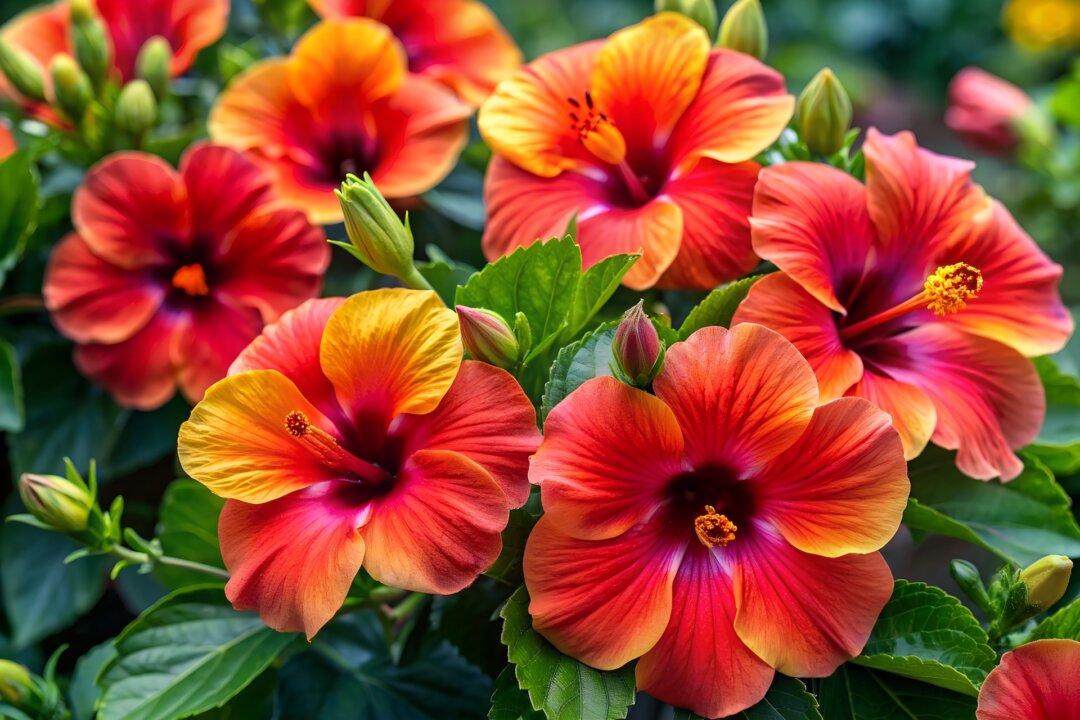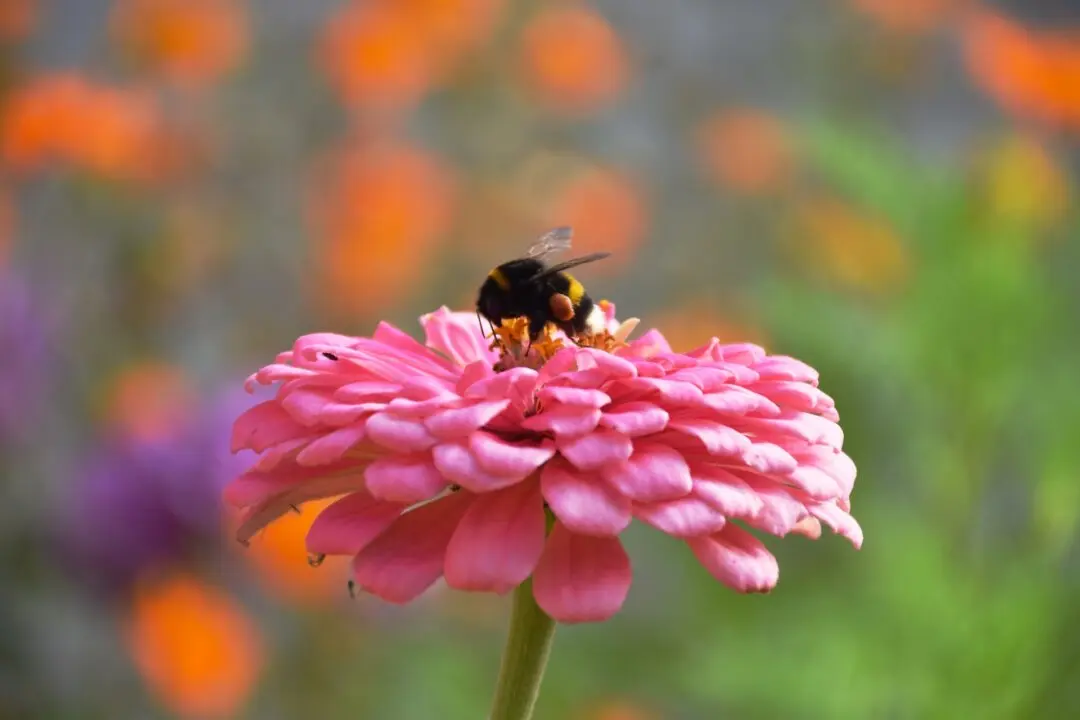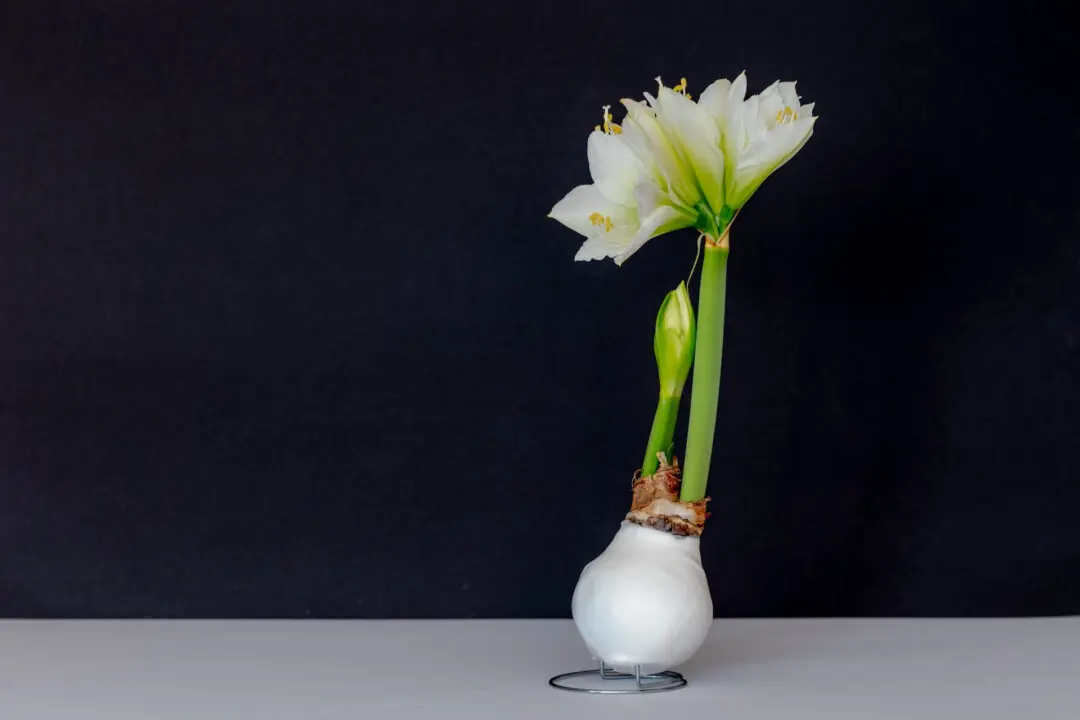Q: I bought several beautiful tropical hibiscus plants in the spring. They are thriving. However, they were outside all summer, and they are now too tall for my kitchen garden window. I don’t have room for plants that large, so I wonder if and how I can cut them back—and will they still live and bloom?
A: Congratulations on growing your plants so well. Sometimes it is just easier to find someone else who has room for the larger plants. Many tropical houseplants are large trees or shrubs in their original habitat, and they can grow rapidly in one summer outdoors. The following information will apply to many tropical houseplants with woody branches that have been outdoors all summer.





